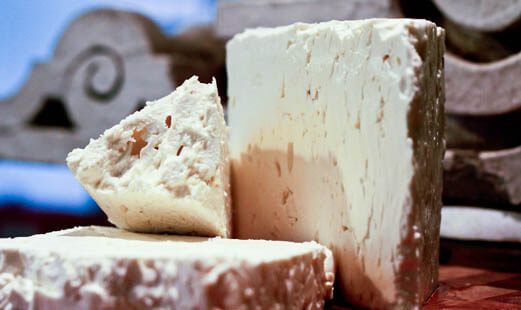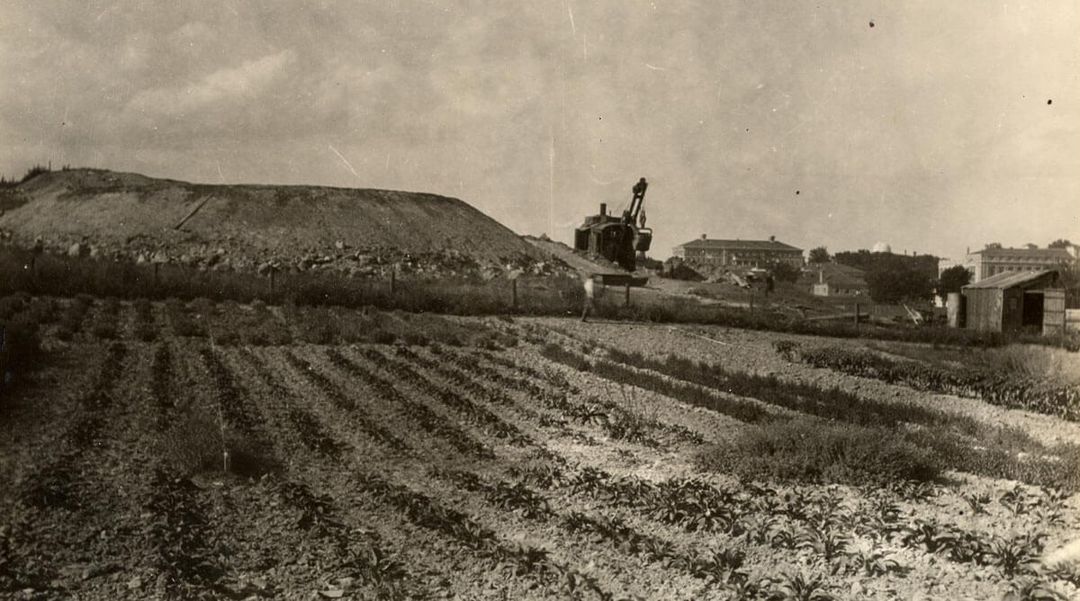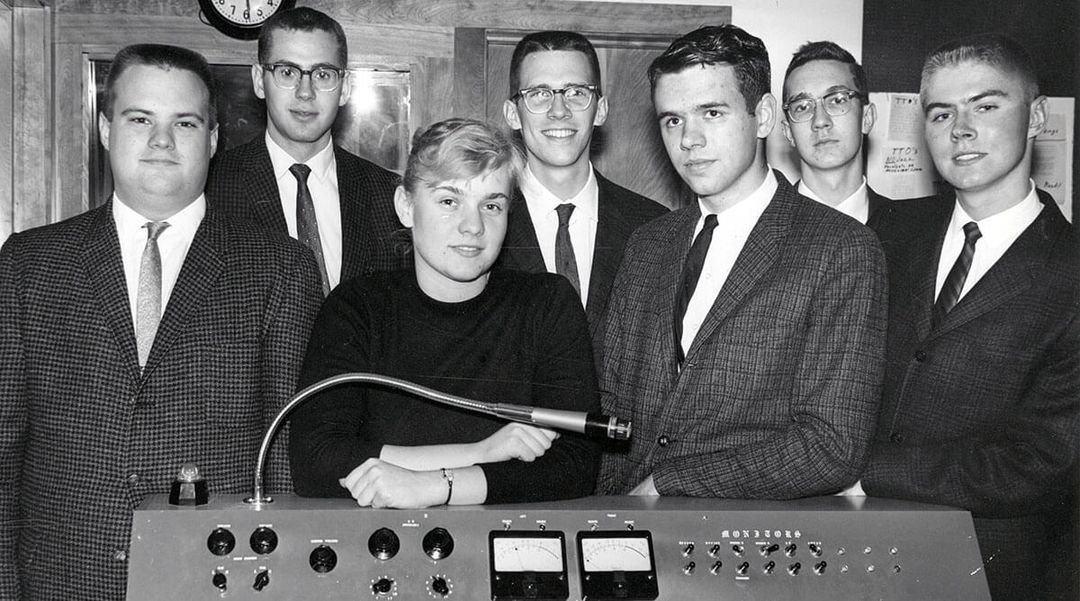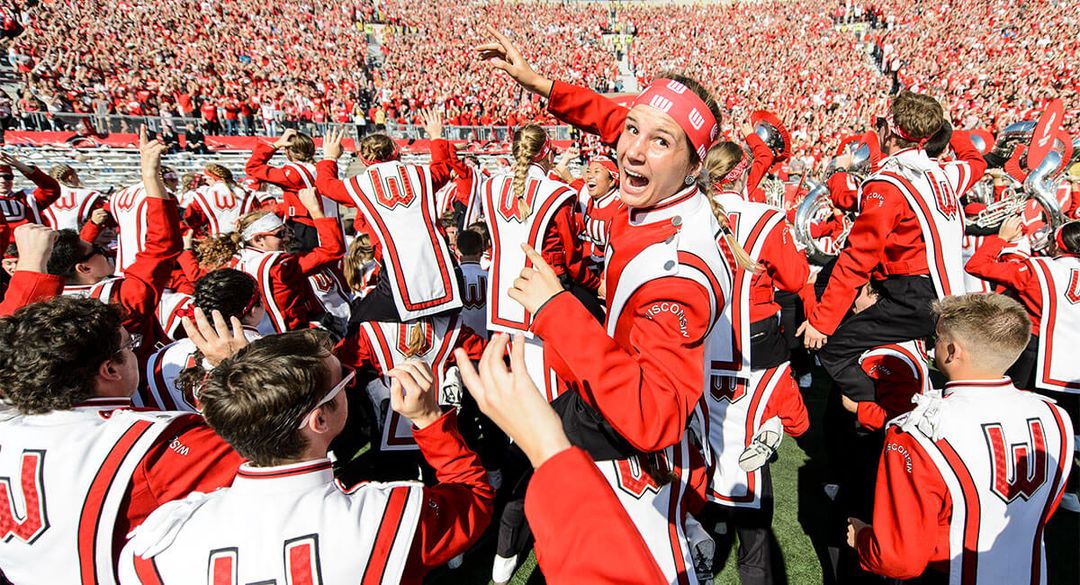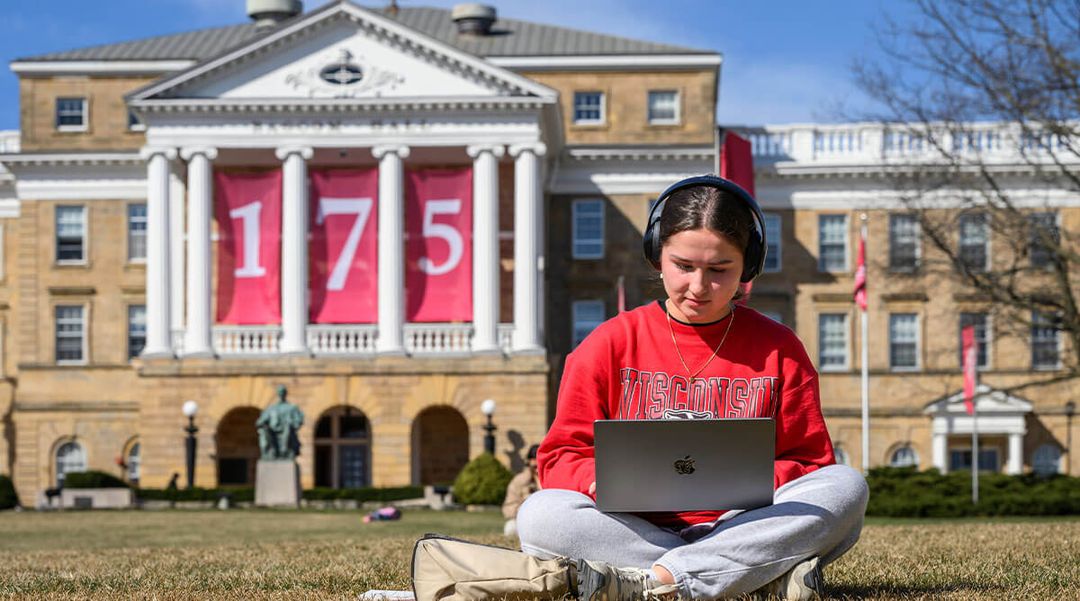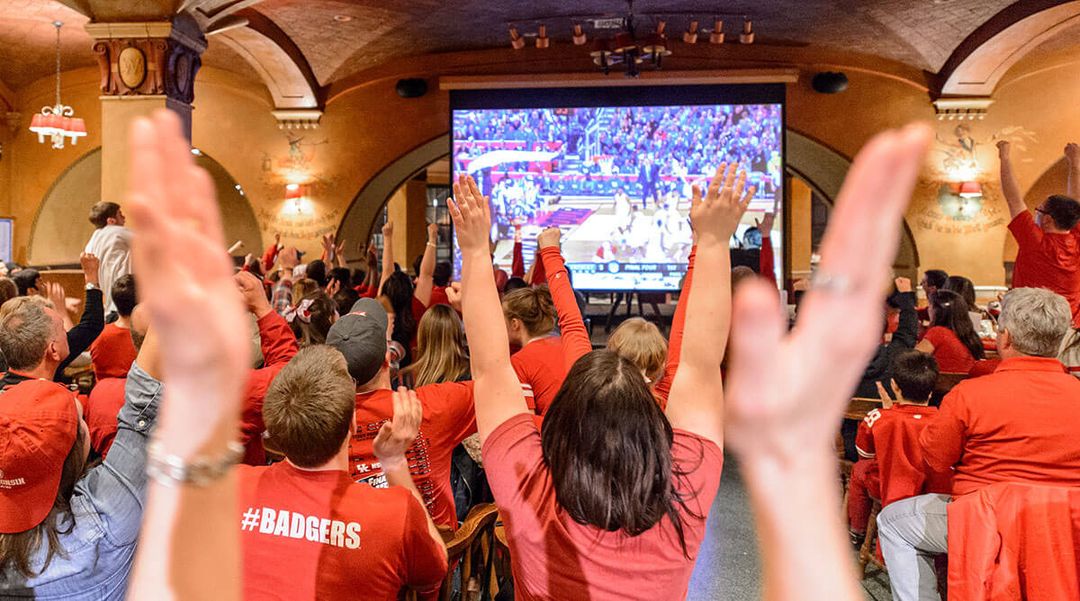Alumni Cheese Makers Honor UW Tradition of Lifelong Learning, Commitment to Quality
Adam Buholzer ’99 is a fourth-generation cheesemaker.
His father and two uncles purchased the Klondike Cheese Company in Monroe, Wisconsin, in the 1970s with their father, Alvin Buholzer. Alvin got his start in the cheese business working with his father, Earnest, who emigrated from Switzerland to Green County, Wisconsin, where he began making Swiss cheese for a farmer’s cooperative in 1925.

The company has grown considerably since then, but when Adam graduated from high school in the late ’90s, his father actually encouraged him to explore his interests and attend college before committing to the family business.
Buholzer earned his degree in chemical engineering at UW-Madison, and worked for a year in Oshkosh in process development before returning home and becoming an integral part of the Klondike operations.
“Attending UW-Madison has made a big difference,” Buholzer says. “Being in a family business, I’ve done a lot of different jobs over the years. My engineering degree has come in handy, but also the communication skills I learned, as well as general problem-solving.”
The University of Wisconsin has long been an integral player in the state’s cheese-making industry.
In 1890 — the same year that Stephen Babcock developed his revolutionary milkfat test in a campus lab — the university also established the first dairy short course in the United States. More than a century later, in March 2012, the Wisconsin Center for Dairy Research celebrated the graduation of its 10,000th short-course participant.
“UW-Madison is one cog in a large industry, but we do play an important part,” says Scott Rankin, chair and associate professor in the UW Department of Food Science. Many of the university’s two dozen dairy short courses teach practitioners about cheese, from chemistry and pasteurization to new manufacturing techniques and technology.
In fact, nearly three-quarters of the individual winners at the 2011 U.S. Cheese Championship contest had taken a UW-Madison dairy short course.
And many UW alumni took home awards at the 2012 World Cheese Championship held in Madison this spring, including five for Red Barn Family Farms and its founder, Dr. Terry Homan DVM'96. Homan, also named Badger of the Year in 2011 by the WAA: Fox Valley chapter, founded Red Barn with his wife, Paula, in 2008 on the principle that all of the farms they work with meet high standards of animal care.
Klondike took home four individual awards of their own at the World Cheese Championship. “I take a lot of pride in that,” Buholzer says. “We’re making really good cheese.”

Buholzer’s father and two uncles — brothers Steve, Dave and Ron Buholzer — all graduated from the Wisconsin Master Cheesemakers® program. Established in 1994 by the CDR, only 51 Wisconsin cheesemakers have earned the certification, and are internationally recognized as experts at their craft.
Rankin says education is a main ingredient in the success of the cheese-making industry in Wisconsin.
“We take our cheese-making very seriously,” he says. “It’s not about converting milk as fast as we can. It’s about investing in our cheesemakers’ ability to create a great product.”
“What we do better than any other state is educate,” he adds. “Our cheesemakers are hungry to learn new techniques and the nuances of making great cheese.”
Rankin says that’s part of a shift in the 1980s from making basic cheeses to producing more premium varieties. Today, around 20 percent of Wisconsin’s cheese production is specialty cheese, and about half of all artisanal cheese made in the United States comes from Wisconsin.

Alumni and friends are introducing their taste buds to exciting, new flavors at a series of Founders’ Day celebrations hosted across the United States this spring by Wisconsin Alumni Association chapters.
At a pair of the events in Wisconsin, Rankin, along with Babcock Hall’s certified Master Cheesemaker Gary Grossen, walk attendees through a tasting of a dozen Wisconsin cheeses, highlighting the unique flavors and characteristics of these specialty offerings.
“We want to celebrate Wisconsin’s long history in the industry of cheese-making, as well as UW-Madison’s commitment to education,” Rankin says. “We encourage everyone to come out and see the great artistry born out of our talented Badger State cheesemakers.”
Today’s Dairy Industry in Wisconsin
146,000: Dairy industry jobs in Wisconsin*
$26.5 billion: Annual economic impact on Wisconsin. (That’s far more than the impact of citrus in Florida - $9.3 billion per year- or potatoes in Idaho - $2.7 billion per year.)*
600+: Varieties, types and styles of cheese produced by Wisconsin (runner-up California produces 250 varieties)*
32.5 lbs: Amount of cheese the average American ate in 2008. Compare that with an average of 15 pounds in 1975, and just 4 pounds in 1909.*
$20,000: Amount that an average dairy cow in Wisconsin generates annually in economic activity*
*Wisconsin Milk Marketing Board, 2012
